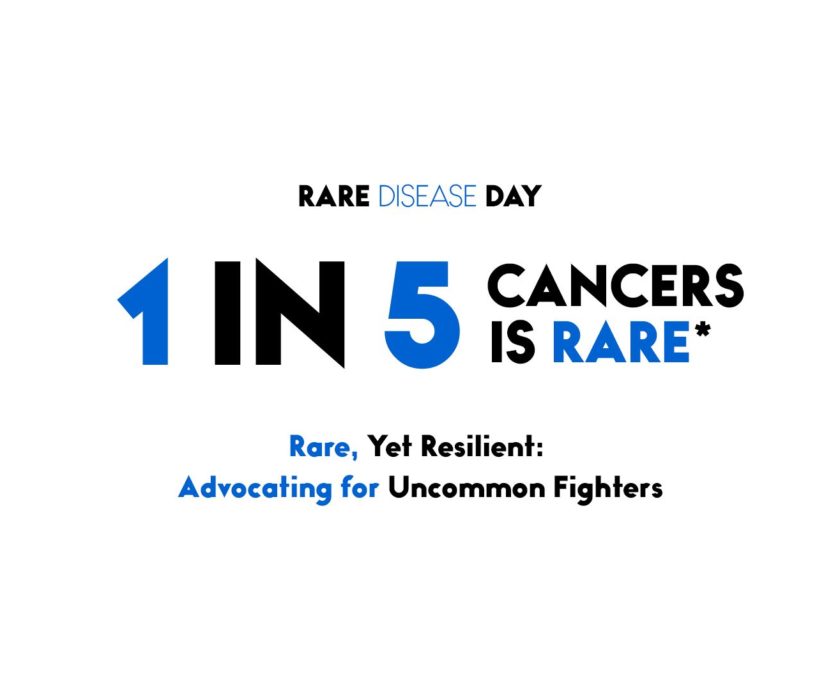In the ever-evolving landscape of medical research, the year 2023 has emerged as a pivotal year for cancer breakthroughs, showcasing remarkable advancements that are reshaping the future of cancer diagnosis and treatment. From innovative drug implants to revolutionary DNA-driven solutions and cutting-edge immunotherapy, let’s explore the transformative strides that have defined this year in cancer research.
Drug Implants:
Precision Delivery for Enhanced Efficacy
The introduction of drug implants has sparked a new era in cancer treatment, marking a departure from conventional systemic therapies. These implantable devices, no larger than a grain of rice, have the potential to revolutionize how medications are administered to combat cancer. By precisely placing these implants within or near tumor sites, oncologists can achieve localized drug delivery, minimizing collateral damage to healthy tissue. This breakthrough not only boosts treatment effectiveness but also mitigates side effects, thereby enhancing patient well-being and quality of life.
- Gliadel Wafer (Carmustine Implant): Gliadel Wafer is used for the treatment of glioblastoma multiforme, a type of brain cancer. It consists of biodegradable wafers impregnated with the chemotherapy drug carmustine. Surgeons place these wafers into the surgical cavity after tumor removal, where they gradually release the drug directly into the brain tissue, targeting remaining cancer cells and minimizing damage to healthy tissue.
- Probuphine (Buprenorphine Implant): While not directly for cancer treatment, Probuphine is an implant used for managing opioid dependence. The concept of implantable drug delivery systems is similar. In the field of cancer, similar technologies are being explored to deliver chemotherapy agents directly to the tumor site.
- OncoGel: OncoGel is an injectable gel that transforms into a solid implant at body temperature. It releases chemotherapy drugs locally over an extended period. This technology aims to minimize the systemic effects of chemotherapy by concentrating the treatment in the tumor area. It’s being investigated for various types of cancers, including head and neck cancers.
- Implantable Nanoparticle Delivery Systems: Researchers are exploring the use of nanoparticles loaded with cancer drugs that can be implanted near or within tumors. These nanoparticles can release drugs in a controlled manner, targeting the tumor while reducing systemic exposure. They offer potential for a wide range of cancer types and could revolutionize treatment.
- Implantable Brachytherapy Seeds: Brachytherapy is a technique used in radiation therapy, where small radioactive seeds are implanted directly into or near a tumor. These seeds deliver localized radiation, sparing healthy tissue. While not traditional drug implants, they are a form of implantable treatment that targets cancer cells.
- 3D-Printed Drug Implants: 3D printing technology has opened doors to creating customized drug delivery implants. Scientists can design implants that release multiple drugs in specific ratios, allowing tailored treatment strategies. This technology holds promise for delivering a combination of therapies to combat tumor resistance.
- Implantable Drug-Eluting Scaffolds: In cases of solid tumors, implantable scaffolds can be used to hold and deliver cancer-fighting drugs. These scaffolds are placed within the tumor or surgical cavity, providing a platform for slow, controlled drug release while also supporting tissue regeneration.
DNA-Driven Solutions:
Precision Medicine Takes the Lead
In the era of precision medicine, DNA-driven solutions are taking center stage in the fight against cancer. The year 2023 has seen remarkable progress in understanding the genetic underpinnings of individual tumors. Through advanced genomic sequencing, oncologists can now identify specific mutations driving cancer growth, paving the way for targeted therapies tailored to a patient’s unique genetic profile. This approach not only improves treatment outcomes but also opens new avenues for tackling previously hard-to-treat cancers, bringing us closer to the vision of truly personalized medicine.
- Precision Medicine: Precision medicine involves analyzing a patient’s DNA to identify specific genetic mutations driving their cancer. This information helps oncologists select treatments that target those mutations, such as targeted therapies or immunotherapies. Genetic testing allows for more accurate treatment decisions, increasing the chances of success.
- Liquid Biopsies: Liquid biopsies involve analyzing DNA fragments released by tumor cells into the bloodstream. This technique can provide valuable information about tumor mutations, helping doctors monitor treatment response and identify emerging resistance mutations. Liquid biopsies offer a less invasive alternative to traditional tissue biopsies.
- Tumor Mutational Burden (TMB) Analysis: TMB analysis measures the number of mutations in a tumor’s DNA. High TMB can indicate increased susceptibility to immunotherapies like immune checkpoint inhibitors. This approach helps identify patients who are more likely to respond positively to these treatments.
- Pharmacogenomics: Pharmacogenomics involves studying how a patient’s genetic makeup affects their response to drugs. By understanding a patient’s genetic variations, doctors can predict how they will metabolize and respond to various cancer drugs, leading to personalized treatment plans with minimized adverse reactions.
- Genetic Profiling: Comprehensive genetic profiling of a patient’s tumor can reveal a wealth of information about its genetic makeup, allowing oncologists to identify potential targets for treatment and understand the tumor’s vulnerabilities.
- DNA Repair Pathway Targeting: Some cancer cells have deficiencies in DNA repair pathways, making them more susceptible to certain treatments. Genetic analysis can identify these deficiencies and guide the selection of therapies that exploit these vulnerabilities, such as PARP inhibitors.
- Epigenetic Therapies: Epigenetic changes alter gene expression without altering the underlying DNA sequence. Epigenetic therapies target these changes, influencing cancer cells’ behavior. Understanding a patient’s epigenetic profile can guide the selection of appropriate therapies.
- Personalized Vaccine Therapies: DNA-based vaccines are designed to stimulate a patient’s immune system to recognize and attack cancer cells. These vaccines are personalized based on the patient’s tumor DNA, making them potentially more effective in inducing a targeted immune response.
- Genome Editing Technologies: Emerging genome editing technologies like CRISPR-Cas9 have the potential to directly modify cancer cells’ DNA, disabling oncogenes or correcting mutations. These techniques are still in their early stages but hold promise for targeted cancer treatment.
CAR-T:
Immunotherapy Redefined
The concept of reprogramming immune cells to attack cancer, known as CAR-T (Chimeric Antigen Receptor T-cell) cell therapy, has been a game-changer in recent years. In 2023, this approach has reached new heights, offering a beacon of hope for patients facing aggressive and refractory cancers. CAR-T therapy involves extracting a patient’s own immune cells, genetically modifying them to recognize and target cancer cells more effectively, and then infusing these reengineered cells back into the patient’s body. This strategy has shown remarkable success, achieving remissions in cases where conventional treatments have faltered. The ability to harness the body’s immune system to fight cancer is revolutionizing oncology and providing renewed optimism for patients and their families.
High-Tech Blood Tests and Imaging:
Early Detection and Monitoring
Early detection is a crucial factor in successful cancer treatment, and 2023 has seen significant advancements in this area. High-tech blood tests are now being developed to detect cancer at its earliest stages by identifying specific biomarkers in the bloodstream. This non-invasive approach could revolutionize cancer screening, leading to faster diagnoses and improved prognoses.
Furthermore, advanced imaging techniques have taken center stage, allowing oncologists to visualize tumors with unprecedented detail. Techniques such as liquid biopsies and molecular imaging offer a comprehensive view of the tumor’s characteristics and response to treatment, enabling physicians to make more informed decisions and tailor therapies to individual patients.
As we embrace the transformative breakthroughs of 2023, it’s evident that cancer research is progressing at an astonishing pace. From drug implants to DNA-driven therapies, CAR-T immunotherapy, and high-tech diagnostics, these advancements are illuminating the path towards more effective, personalized, and less invasive cancer care. While challenges persist, the convergence of science, technology, and innovation offers a hopeful glimpse into a future where cancer is no longer an insurmountable challenge, but a battle that can be fought and won.





